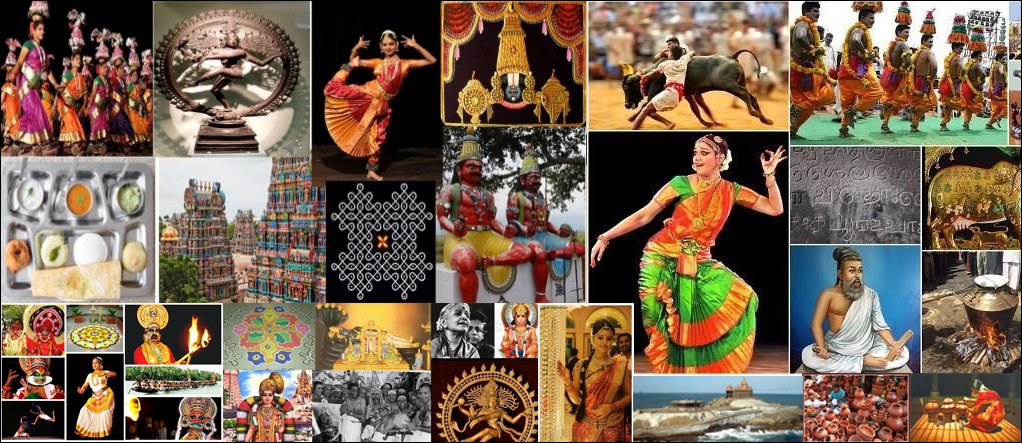The rich cultural heritage of India and the centuries of traditional evolutionary arts of India are highlighted by the wide variety of crafts created throughout the country. These forms of folk art are the epitome of the various cultures of India and each one is different and unique from the others. All these art forms originate from different parts of India and have their own social and cultural significance, especially for their tribe.

Many Indian artists draw inspiration from the rich and wide-ranging folk art tradition. Indian folk art is widely known for its traditional art forms and craftsmanship, passed down from generation to generation without changing its culture and traditional flavor. Ancient Indian folk paintings and artistic styles have been passed down from generation to generation and are still practiced throughout India today. Every style of painting that emerges in India represents traditions, customs and ideologies passed down from previous generations.
Contemporary Indian art incorporates traditional elements and influences from India’s rich history. Indian folk and tribal arts reflect India’s cultural diversity and provide an opportunity to experience the rich heritage of India’s culture. These traditional Indian paintings form the basis of India’s rich heritage, not just an important part of its culture. India is a land rich in culture and many forms of folk art.
Throughout Indian history, various forms of Indian folk art have been preserved and survived under the aegis of religious and national traditions surrounding family beliefs and everyday customs. India has 29 states and 7 federal territories, each with its own cultural and traditional identity, and a collage of numerous folk art forms that speaks volumes about the country’s multicultural character rooted in the daily lives of its people. India has one of the largest collections of songs, music, dance, drama, folk traditions, performing arts, rituals and ceremonies, paintings and written works in the world, known as the Intangible Cultural Heritage of Humanity (ICH). Traditionally, almost every region in India has its own art form, including drawing, painting, embroidery, carving, handicrafts, hand weaving, and more.
Over the years, cultures have been diverse and distinctive, and various art forms have evolved; some untouched by modernization, others adapted to new colors and materials. Although these art forms have declined along with trends, there has been an interest in learning beautiful cultures and skills due to recent interests and events. Nonetheless, art forms such as Indian paintings like Madhubani, Varli or Kalamkari are often printed and even sold in exclusive boutiques as a way of promoting traditional art. Many regular classes on traditional Indian art forms such as Mysore Art, Tanjore Art, Ganjifa, Lippan Kaam, Miniatures of India, Rajasthani Murals, Kerala Murals, Madhubani, Warli and Mandala Art, are there to encourage young children to understand the value of our art forms.

SHARE THE STORIE
Facebook
Twitter
LinkedIn
RELATED POSTS
The Importance Of Traditional Art Form In India
•
May 5, 2022
The rich cultural heritage of India and the centuries of traditional evolutionary …



